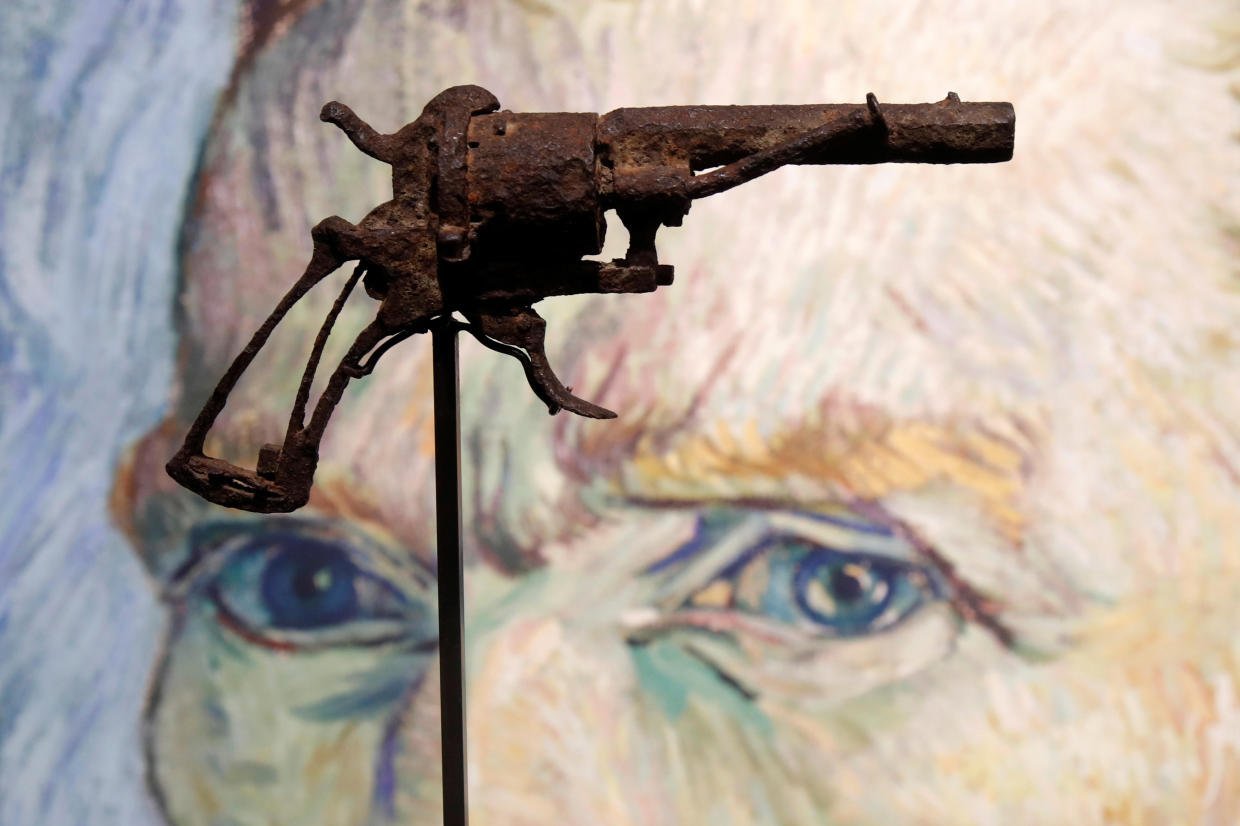Vincent Van Gogh was a man admired by many, but even more so after his death. Be it for his 2,100 captivating artworks, his beautiful letters, his influence on modern art, or his creative expression in the face of devastating depression, everyone knows about him. Sadly, his name rose to fame much after his life had already ended. A Dutch artist born in 1853, Van Gogh led a common life. Born into an upper-middle-class family, Van Gogh’s degrading mental health along with the little money he would make out of his art left him much sad and dependent on his brother, Theo, both emotionally and financially. His depression, psychotic episodes and delusions, which made him cut off an ear too, have been long blamed to be the reason for his death: a suicide. But a new possibility is now in the ball game: Van Gogh was killed.
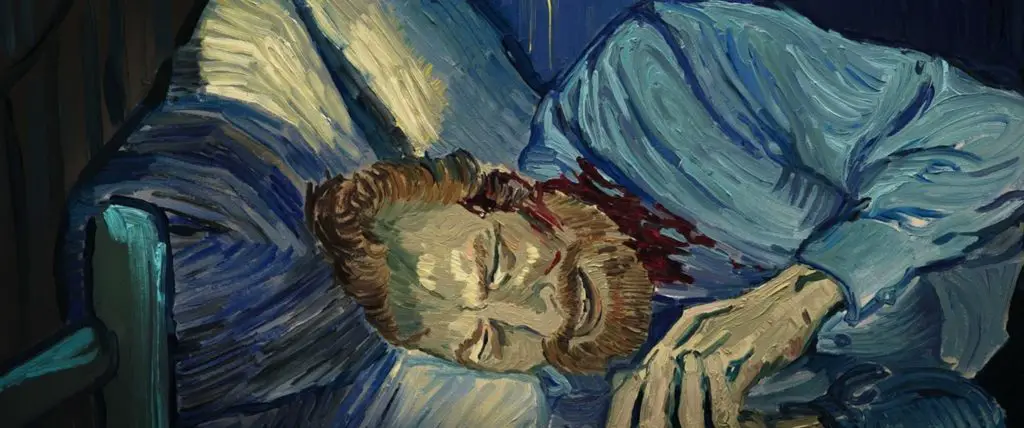
The Starry Night Of
Van Gogh died at the age of 37 years in the early morning of 29 July 1890. After being shot in the stomach 2 days ago, Van Gogh spent 29 painful hours in his room at the Auberge Ravoux in the village of Auvers-Sur-Oise in northern France till he ultimately died. Let’s explore the events of the day he got shot, as given by Adeline Ravoux, the innkeeper’s daughter: On 27 July 1890, a Sunday, Vincent Van Gogh left the inn after breakfast with his painting tools, probably towards the wheat fields where he would paint. He returned only late into the night, around 9 pm, with blood oozing out of his stomach. He quietly retreated to his room but the worried innkeeper attended to him. During the night, Van Gogh admitted that in the afternoon he had shot himself with a revolver and passed out. Revived by the coolness of the evening, he had tried in vain to find the revolver to completely die but he returned to the inn instead. The innkeeper called for Van Gogh’s physician to dress his wounds but no one was hopeful about his survival. Van Gogh spent his days groaning in bed, confessing that, “My body is mine and I am free to do what I want with it. Do not accuse anybody, it is I that wished to commit suicide.” His brother Theo arrived later on Monday but not much could be done. In the early hours of Tuesday morning, the Earth lost one of its greatest gems. According to Theo, Vincent’s last words were: “The sadness will last forever”.
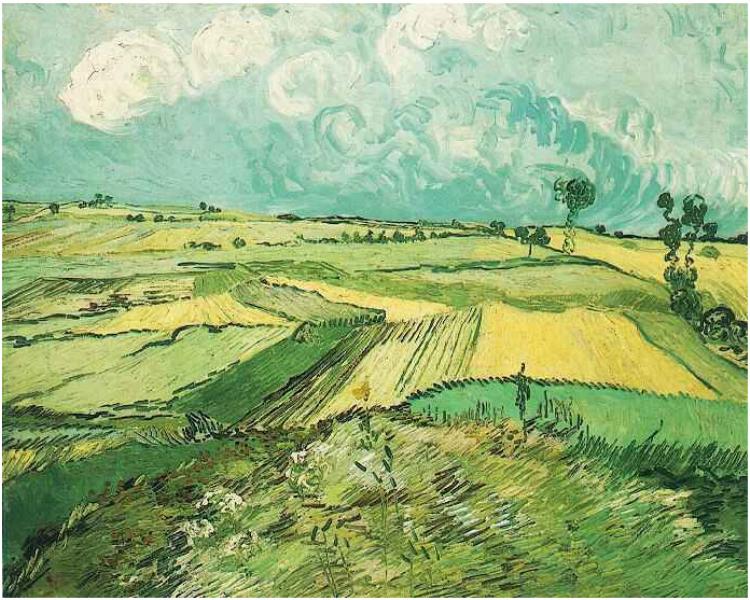
For years now, everyone had believed in Van Gogh’s suicide. The arguments make sense when the victim himself confesses to suicide as well. Van Gogh had battled depression and psychotic illness all his life, having even been admitted to a hospital in 1888 and then asylum in nearby Saint-Rémy in 1889. It was Paul Gachet junior, son of Van Gogh’s physician, who introduced the idea that the shooting had taken place in the wheat fields outside Auvers. But Vincent, not the painter but Theo’s son, (the painter’s namesake and godson), who founded the Van Gogh museum, dismissed Gachet Jr. as “highly unreliable.” Throw in the fact that days after Van Gogh died, Paul and his father stripped several invaluable paintings from his studio. However, a statement from Émile Bernard, an artist friend of Van Gogh, explained that van Gogh went out into the countryside on a Sunday evening, “left his easel against a haystack and went behind the château and fired a revolver shot at himself.” Van Gogh apparently confessed that “his suicide had been absolutely deliberate and that he had done it in complete lucidity… When Dr. Gachet told him that he still hoped to save his life, van Gogh replied, ‘Then I’ll have to do it over again.’” So, for a simple answer, he did not want to live. But does that necessarily mean he wanted to kill himself?
A Modern Revisit in the life of Van Gogh
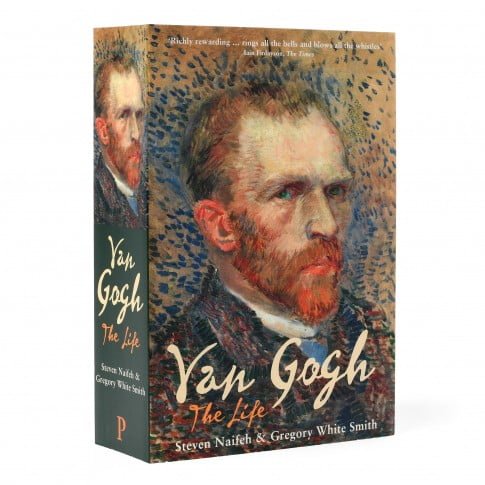
Cue to 2011, when two Pulitzer Prize-winning biographers Steven Naifeh and Gregory White Smith took it on themselves to rewrite history. Their biography, Van Gogh: The Life, not only provided data to support that Vincent Van Gogh did not commit suicide but also that, he was indeed murdered.
Firstly, the original records of the day are flakey and inconsistent. None of the immediate accounts of the shooting mention the word “suicide”, only mentioning that the man had “wounded himself.” None of the townspeople admitted to anything at first: they had neither seen Van Gogh that day, knew about the shooting, nor knew about the gun. But the truth is Van Gogh, given his delusions and outbursts, did not own a gun of his own. Moreover, records show that the malicious gun was never found, nor where Van Gogh’s art equipment that he took with him that day. However, a gun was recently discovered and just last month, this gun believed to have been the one used by Vincent Van Gogh was auctioned in Paris for $145,000
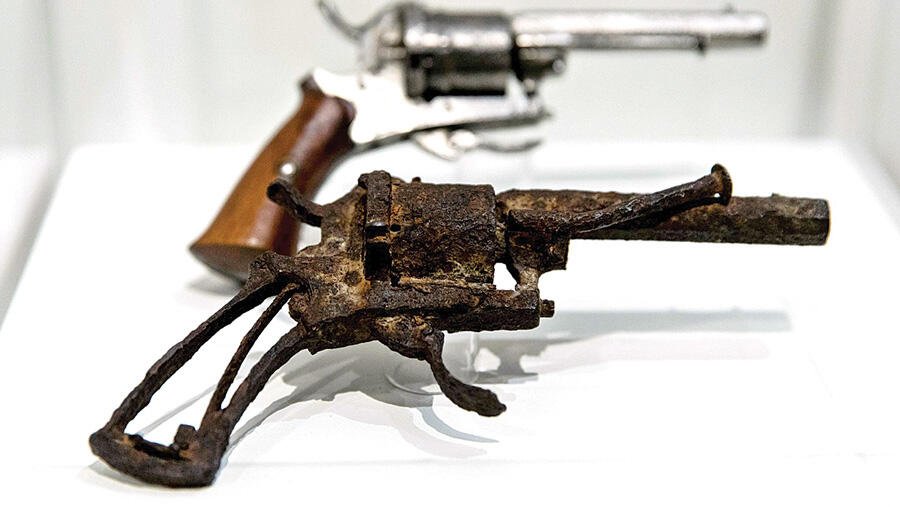
Another fact is that there was no suicide note, and for a man who loved his family dearly and wrote thousands of letters to them, one would find it suspicious that he wrote nothing upon his last chance to write. Most consider a piece of writing found in Van Gogh’s clothes to be a suicide note but it was only an early draft of a letter to his brother Theo, which he posted the day of the shooting. His attitude in the letter was rather upbeat and optimistic about the future, much like other letters after being discharged from the asylum. That is why it is so hard to believe that Van Gogh would want an escape when things were finally turning around for him. Furthermore, in private correspondence, Van Gogh had described suicide as sinful and immoral.
Additionally, Van Gogh had also placed an order for more paints only a couple of days before the shooting, so why spend the money? The authors even say that much of the suicide narrative is built upon the accounts of Adeline Ravoux, the daughter of the owner of the Ravoux Inn, where Van Gogh was staying in Auvers and ultimately died. Adeline was 13 at the time but only spoke up about 60 years later in 1953. Her statements mainly drew over the same lines of her father Gustave’s story. Her story changed constantly, and even developing a new dialogue with each telling.
Where Did He Gogh
Much of the unreliable and outdated reports of Vincent Van Gogh’s suicide was tested in 2014 under the new eyes of Dr. Vincent Di Maio, one of the world’s leading handgun forensic experts. With newer developments in the field, Dr. Maio reviewed the forensic evidence and the findings are as strange as they are shocking. Taking in points from the review of research specialists from the Van Gogh Museum in Amsterdam, Louis van Tilborgh and Teio Meedendorp, Dr. Maio found that, given that Van Gogh was right-handed, to shoot himself in the left abdomen he would have had to have held the gun at a very awkward and unstable angle: the fingers of his less dominant hand holding the back of the handle as his thumb pressed the trigger, not to mention his right hand is used to stabilize the gun. The reports made a big fuss about the “brownish ring” around his wound, which they believed indicated the proximity of the gun barrel to Vincent’s body. But Dr. Maio said, “This is subcutaneous bleeding from vessels cut by the bullet and is usually seen in individuals who live awhile,” Di Maio wrote in his report. “It just indicates an entrance.” Moreover, the bullet did not pierce through the fabric of Van Gogh’s shirt, so either he lifted it himself or the shooter asked him to do so, which is absurd. Dr. Maio also noted that back in 1890, handgun cartridges were loaded with black powder, and that would make close range wounds extremely messy. So, even if the revolver was held a few inches away from the body, there would have been very evident marks of black powder burns on his hands and tattooing and other marks on the skin around the wound, none of which is noted in the contemporary report. In the absence of such evidence, Dr. Maio stated that “This indicates the muzzle was more than a foot or two away (closer to two rather than one).”

The authors Naifeh and White Smith also raised the question as to how Van Gogh could have walked such a long distance of about 2 km between the wheat field and the inn after being shot or even shooting himself in the stomach. If he really wished to commit suicide, he would have wanted to be undiscovered and drawing no attention to himself or his wounds. He instead seemed like someone caught in an accident that wounded him and he wanted to be attended to.
The Fame and The Blame
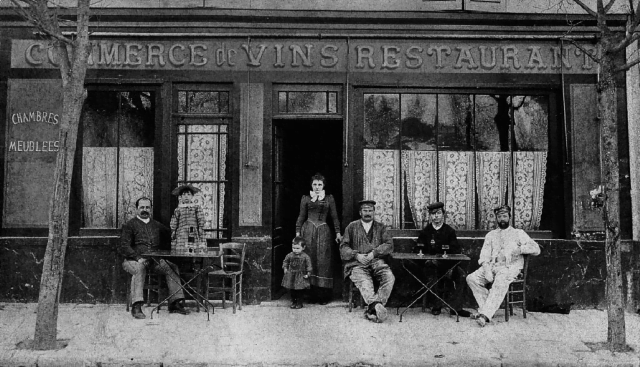
At this point, let us introduce the man that Naifeh and White Smith believe is most likely to have killed Vincent Van Gogh: René Secrétan. After seeing the Van Gogh biopic Lust for Life (1956), in which the painter is depicted as killing himself in the woods of Auvers, René decided to set the record straight. In 1890, René was a 16-year-old boy spending his summer with his family in Auvers. His hero was the Wild West star, Wild Bill Cody, and as a result, he would often wear a souvenir cowboy costume along with an old, small-caliber pistol that often misfired. He got it from the keeper of the Ravoux Inn, where the painter lived. Now, Vincent was already an object of ridicule in the town: his mangled ear, drunkenness, awkward behavior. As a lonesome Dutchman, he fell an easy prey for René and his band of schoolboys looking for some summer fun. Calling him Toto, they would put hot pepper on his brushes (which he often sucked when deep in thought), pour salt in his tea, and sneak a snake into his paintbox. It is believed that, in one of these taunting events, is when René’s malfunctioning gun misfired once again and this time, it hit the tortured artist.
In fact, a witness saw Van Gogh on the road to the Secrétan family villa on the night of the shooting, along with several persistent local rumors in the 1930s that the artist was killed not by his own hand but accidentally shot by “young boys”. The boys never came forward because they feared being accused of murder, and Vincent chose to protect them as a final act of humanity. As he had said in an earlier letter to his brother Theo, “I would not expressly seek death … but I would not try to evade it if it happened.”
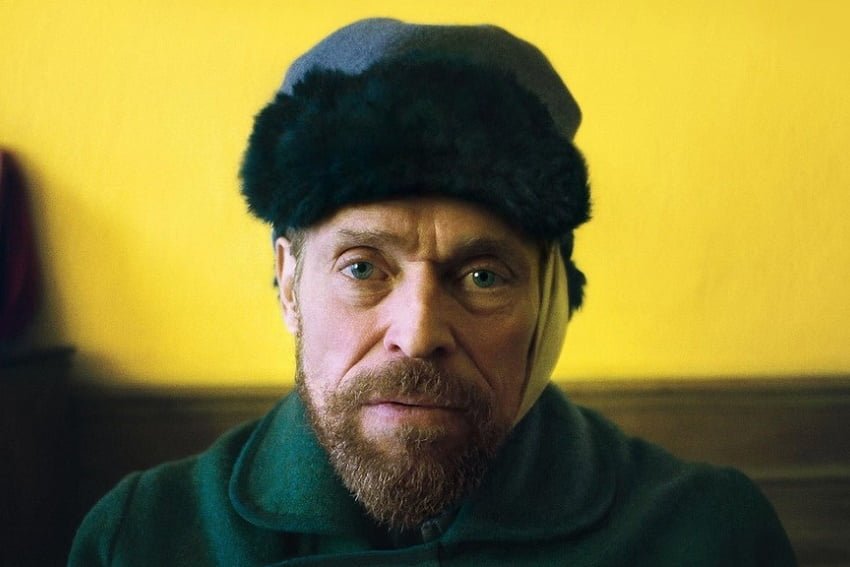
In the biopic, “At Eternity’s Gate,” this string of events is what is depicted as the fateful end of Vincent Van Gogh. The writer of the film, Jean-Claude Carriere, was quite vocal about it, saying: “Van Gogh was working constantly. Every day he made new work. He was not at all sad. Do I believe that Van Gogh killed himself? Absolutely not!” The authors of Van Gogh: The Life, Naifeh and White Smith, also believe that after he was fatally wounded, Van Gogh welcomed death and believed the boys had done him a favor. He accepted his fate. As his physician once described him, Vincent Van Gogh was an “honest man and a great artist… who had only two aims, art, and humanity.”
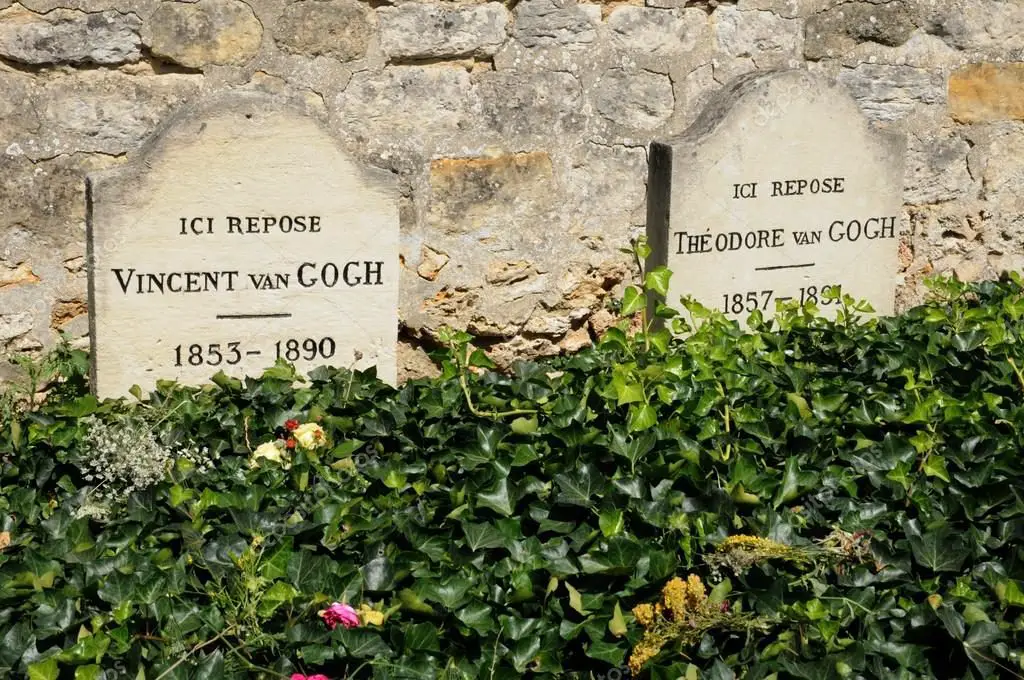
After these arguments, we are pretty sold on the possibilities of Vincent Van Gogh being murdered. The truth is important, but justice is a far cry for a crime committed more than a century ago. All we can hope is that the happiness that life deprived him of, Vincent found in death.
